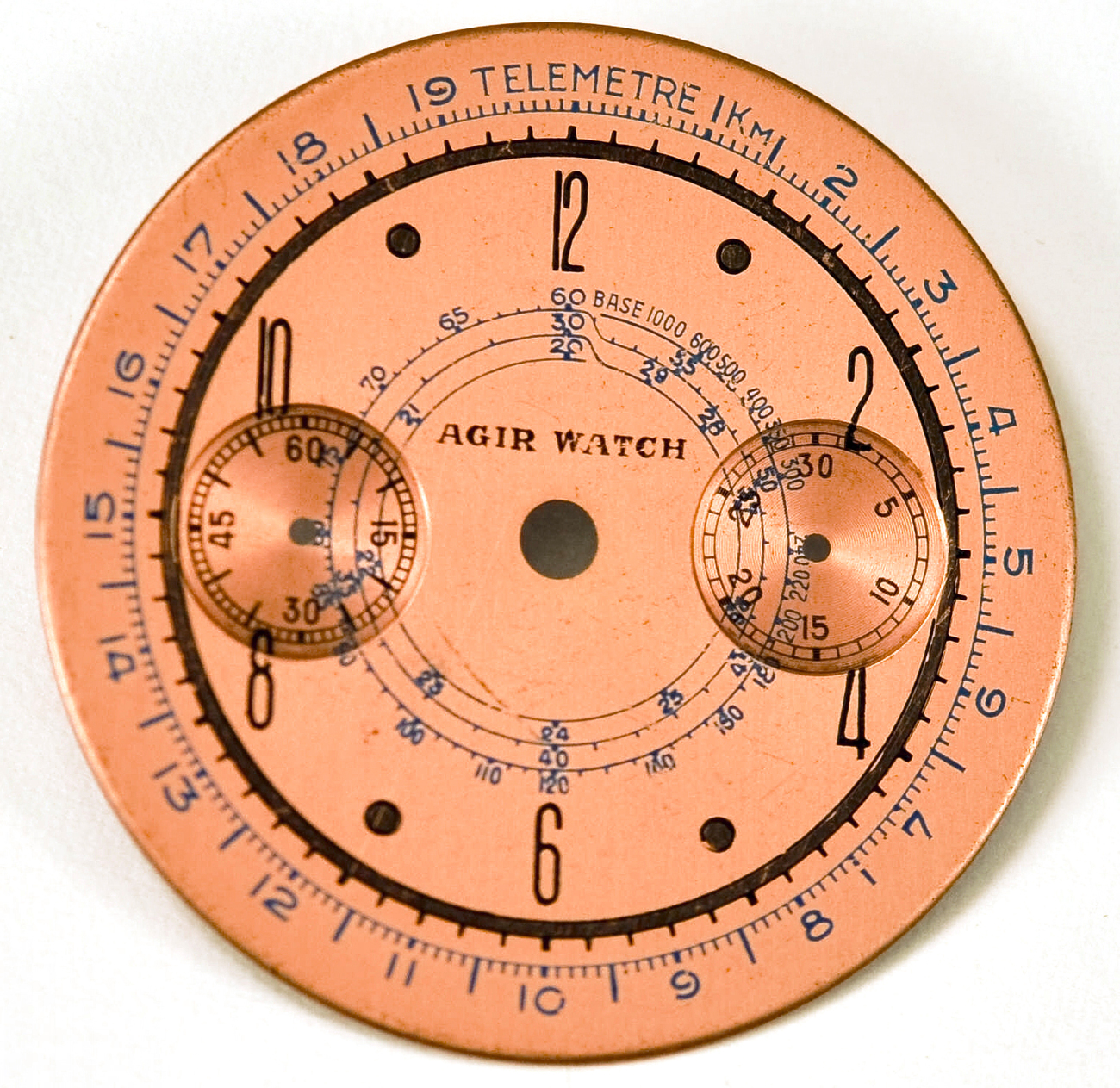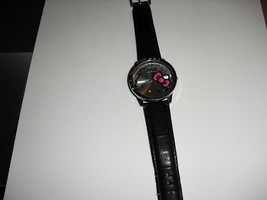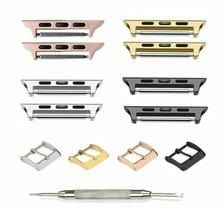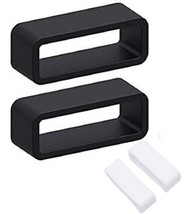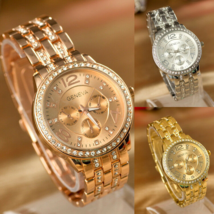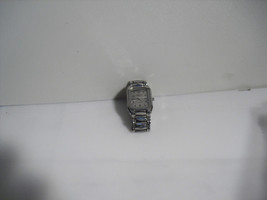Eberhard 1600 Orig. "Agir Watch" Chrono and 40 similar items
Eberhard 1600 Orig. "Agir Watch" Chrono Wristwatch Dial, 1930s
$144.99
View full item details »
Shipping options
Return policy
Purchase protection
Payment options
PayPal accepted
PayPal Credit accepted
Venmo accepted
PayPal, MasterCard, Visa, Discover, and American Express accepted
Maestro accepted
Amazon Pay accepted
Nuvei accepted
View full item details »
Shipping options
Return policy
Purchase protection
Payment options
PayPal accepted
PayPal Credit accepted
Venmo accepted
PayPal, MasterCard, Visa, Discover, and American Express accepted
Maestro accepted
Amazon Pay accepted
Nuvei accepted
Item traits
| Category: | |
|---|---|
| Quantity Available: |
Only one in stock, order soon |
| Condition: |
Unspecified by seller, may be new. |
Listing details
| Shipping discount: |
Items after first shipped at flat $0.01 |
|---|---|
| Posted for sale: |
More than a week ago |
| Item number: |
44040632 |
Item description
Original "Agir Watch" Eberhard Chronograph Wristwatch Dial, 1930
Diameter: 34 mm
Caliber: Eberhard 1600
Dial Feet: Behind the 13 minute and the 43 minute positions respectively
History of Wrist Watches
The 20th century began with a major breakthrough: The Frenchman Charles Edouard Guillaume invented a material called “Invar,” a nickel-steel alloy. (Guillaume was awarded the Nobel Prize for Physics in 1920.) Invar (derived from “invariable” due to its particular characteristics) was the ideal material for balances as its coefficient of expansion is 15 times lower than that of steel.
Until today, watch companies are trying to improve the balance's and the spiral's temperature stability. “Glucydur” is another extremely stable material, it is a copper-glucinum alloy.
Furthermore, companies developed special compensation mechanisms that are more complex than the simple screws on the balance ring, e.g., Patek Philippe's “Gyromax” balance with eight weights - adjusting this balance is definitely not a job for a week-end hobby horologist!
Around the turn of the century, the good old pocket watch got competition: People actually started to wear timepieces on their wrist! Watchmakers were horrified: The strain of the continuous movement, the dirt, the humidity, the shocks - who would, in his right mind, ever subject something as delicate as a watch to these influences?
Today, we know the answer: After one generation, about thirty years, practically everybody! The new challenge led to new solutions, and within this one generation, everything that you could ever wish for in a watch had been achieved - in a wristwatch! Automatic winding, absolutely waterproof cases, new shock-protection mechanisms, it was all there.
Initially, wristwatches were simply pocket watches with lugs, often with ladies' size movements (9'''). (The tradition of putting a pocket watch movement into a wristwatch case still continues with IWC's oversized “Portugieser” models.) Gradually, however, watchmakers faced the challenge of making small and precise movements. While an oscillating frequency of 18,000 a/h had been sufficient for pocket watches for virtually hundreds of years, fast-beat movements were developed for wristwatches to allow for higher precision. Today, the standard is 21,600 or 28,800 a/h; Zenith's “El Primero” with its 36,000 a/h is still unique and marks the peak of this development.
|
Why are we showing these items?
Search Results
Watch, watches, parts & accessories"watch" Category "Watches, Parts & Accessories"
|

-
Refine your browsing experience
We can show you more items that are exactly like the original item, or we can show you items that are similar in spirit. By default we show you a mix.
This item has been added to your cart
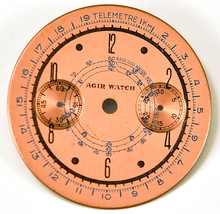 Eberhard 1600 Orig. "Agir Watch" Chrono Wristwatch Dial, 1930s added to cart.
Only one available in stock
Eberhard 1600 Orig. "Agir Watch" Chrono Wristwatch Dial, 1930s added to cart.
Only one available in stock
View Cart or continue shopping.
 Please wait while we finish adding this item to your cart.
Please wait while we finish adding this item to your cart.
Get an item reminder
We'll email you a link to your item now and follow up with a single reminder (if you'd like one). That's it! No spam, no hassle.
Already have an account?
Log in and add this item to your wish list.



